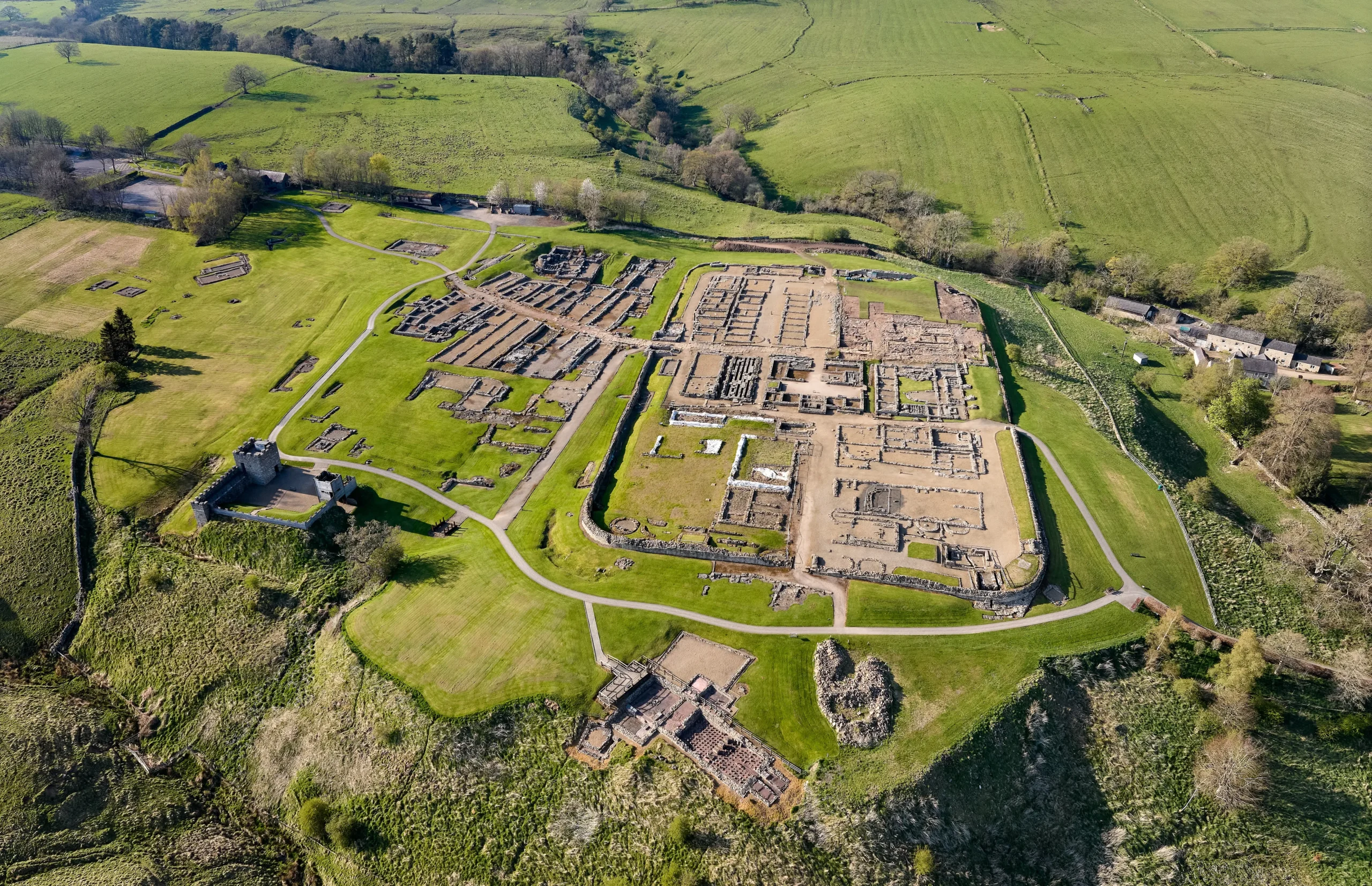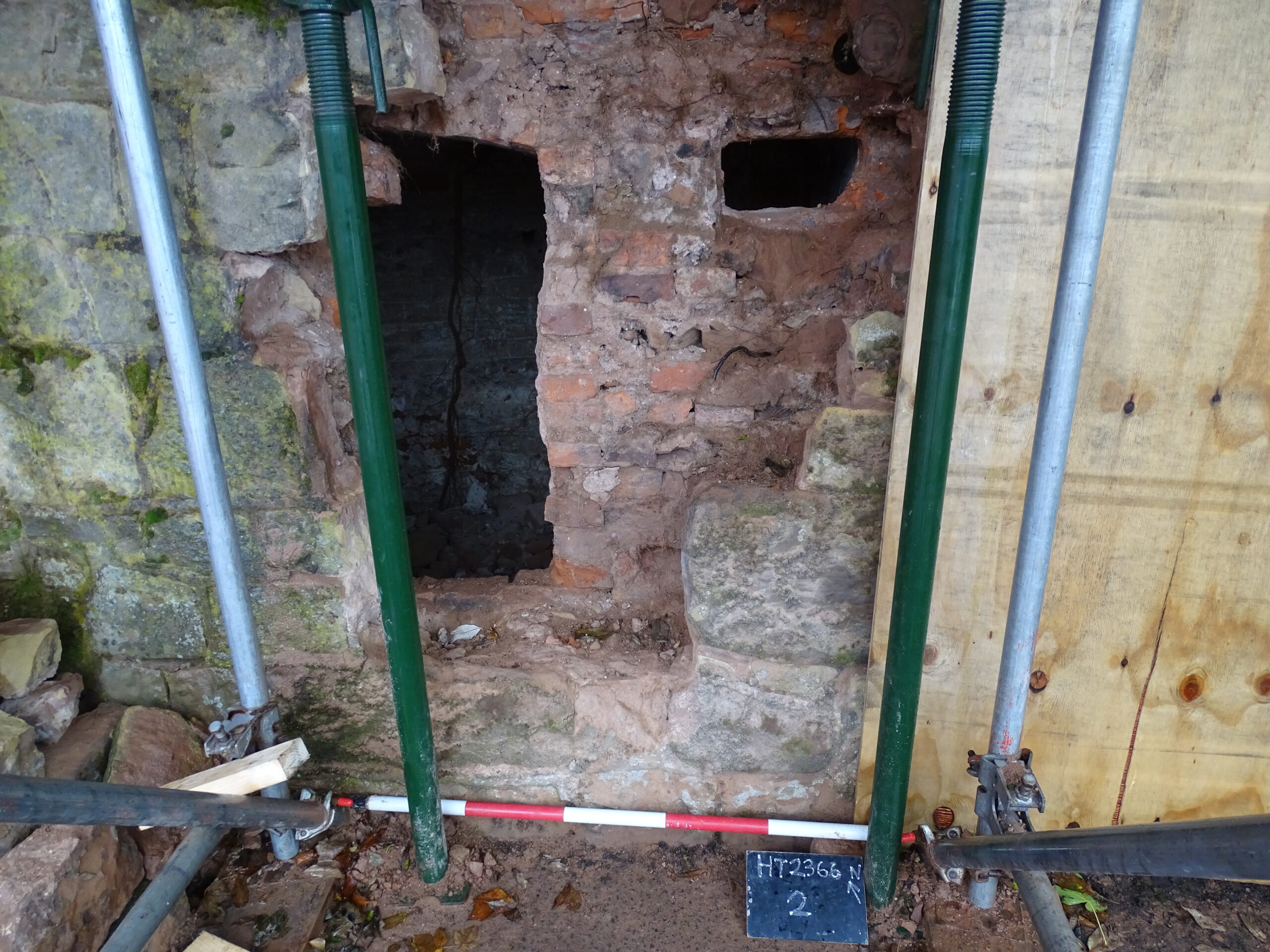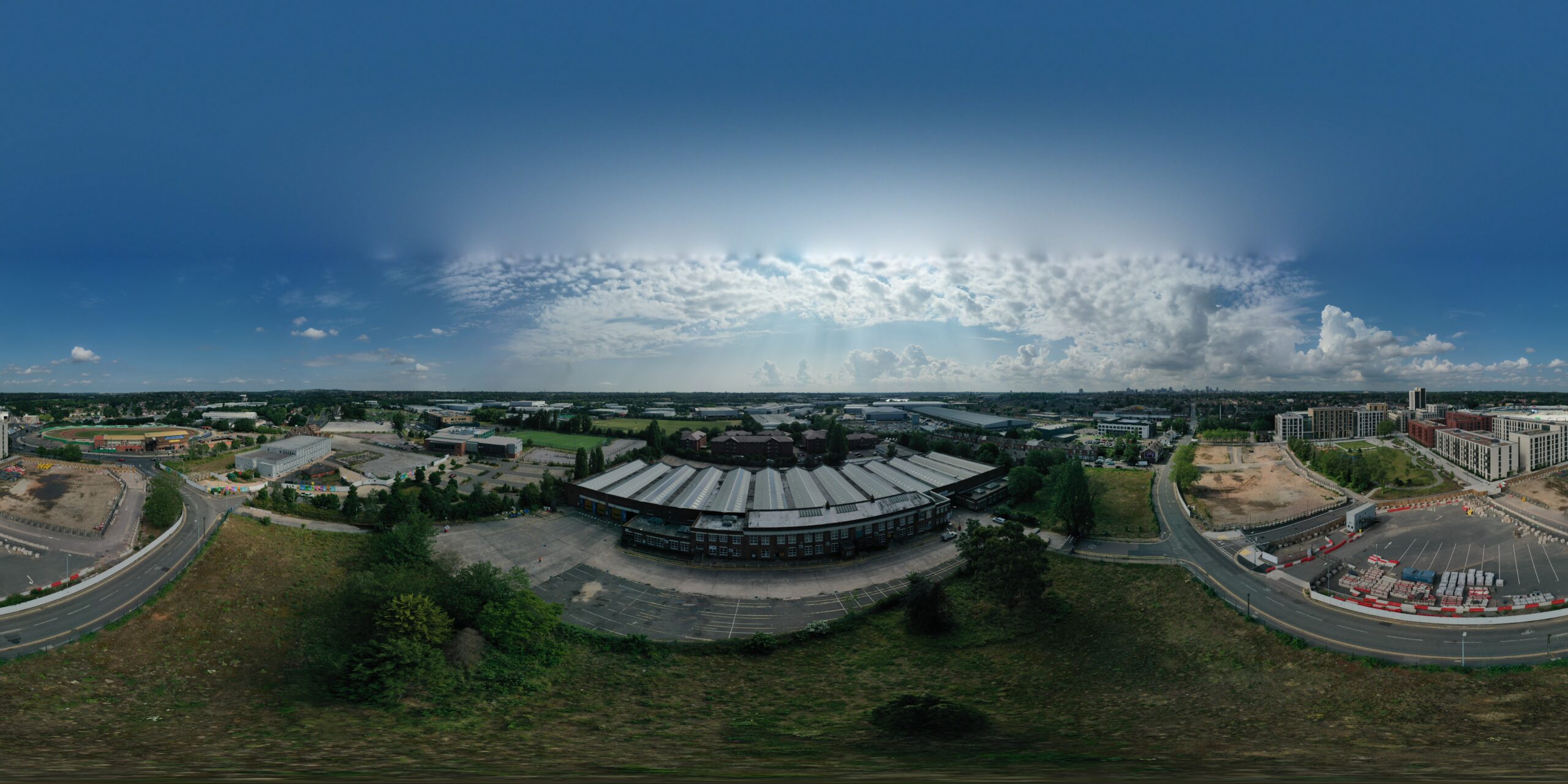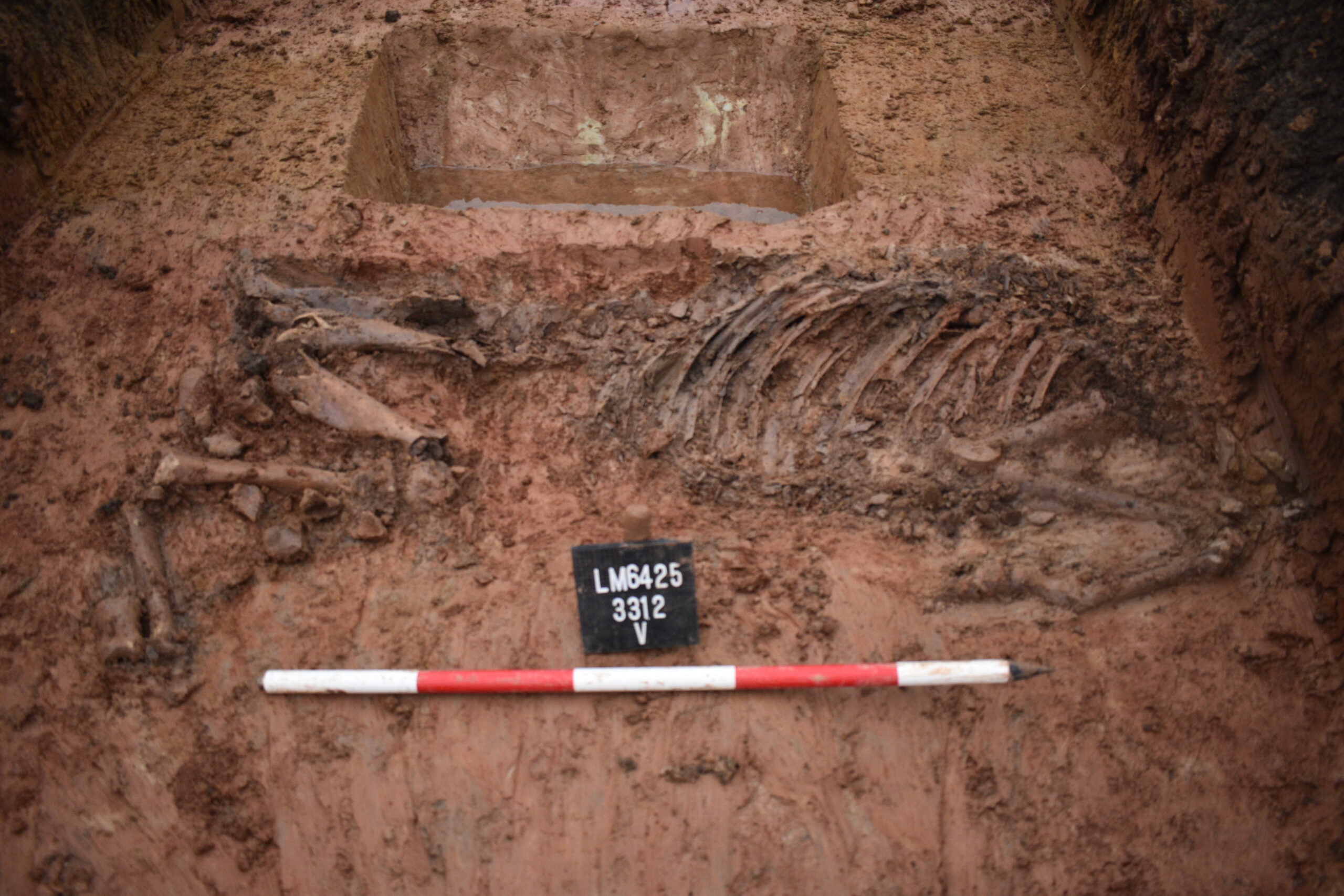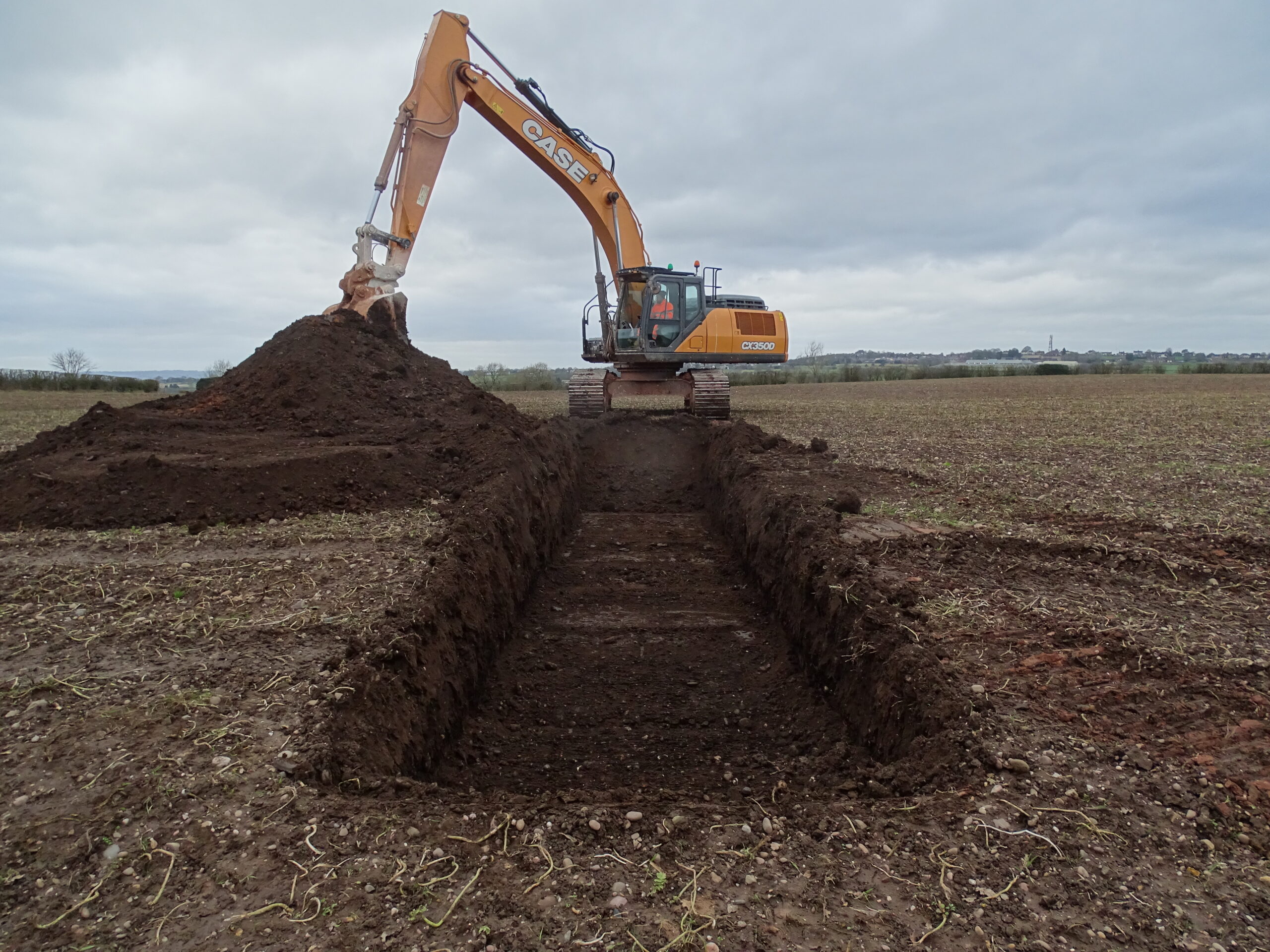Preliminary Site Investigation Monitoring
We provide early-stage archaeological monitoring to identify heritage constraints and inform planning decisions before groundworks begin, helping developers manage risk and engage proactively with authorities. Our approach includes:
- Early-stage site walkovers and desk-based reviews: Identifying known heritage assets and assessing potential for undiscovered archaeology.
- Monitoring of geotechnical and ground investigation works: Observing trial pits, boreholes, and other early groundworks to detect archaeological features.
- Targeted field surveys: Using non-intrusive techniques such as geophysical surveys to assess subsurface potential.
- Stakeholder coordination: Liaising with local planning authorities, Historic Environment Records, and archaeological advisors to align investigations with planning requirements.
- Risk-based reporting: Providing clear, concise outputs to support planning applications and inform mitigation strategies.
